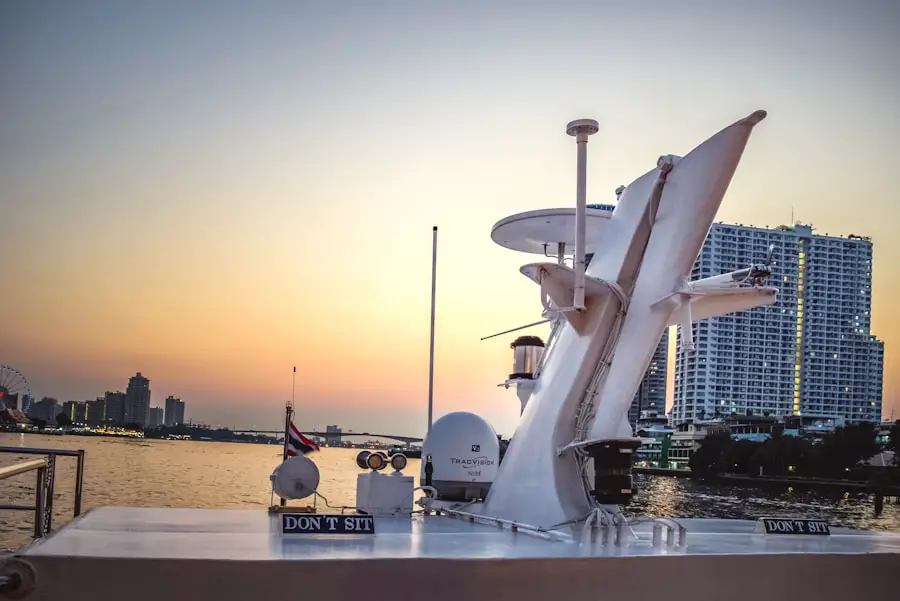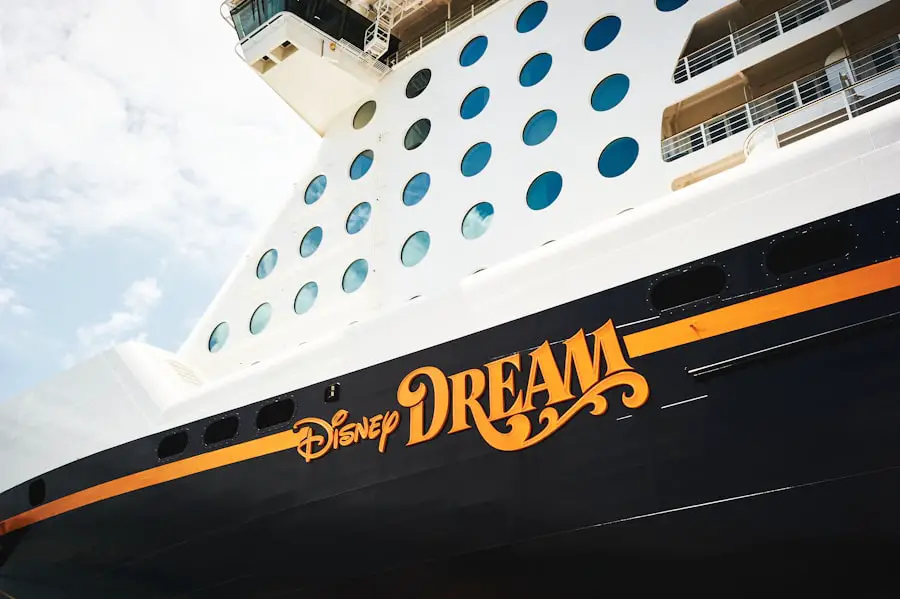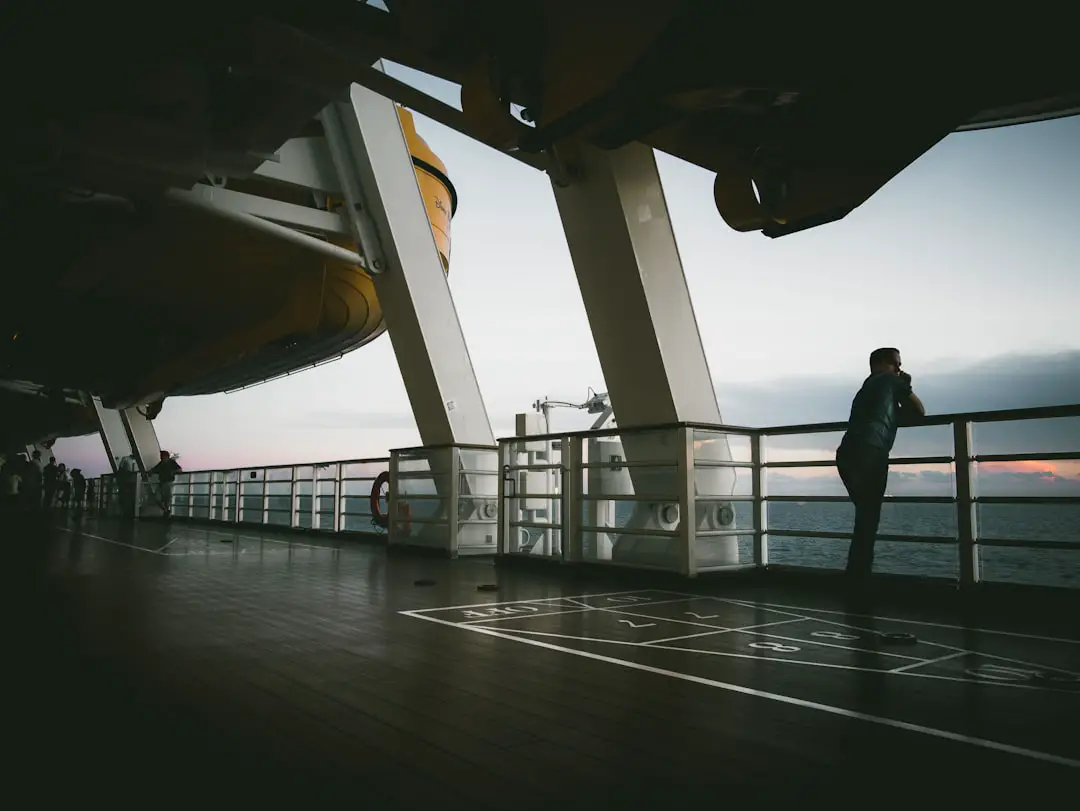The speed of commercial airlines has long been a critical factor in the aviation industry, influencing everything from passenger satisfaction to operational efficiency. In an era where time is often equated with money, the ability to transport passengers quickly and efficiently has become a hallmark of successful airlines. The average cruising speed of commercial jets typically ranges from 500 to 600 miles per hour, but this figure is not merely a statistic; it represents a complex interplay of engineering, technology, and market demand.
As travelers increasingly seek faster and more convenient options, airlines are compelled to innovate and adapt, pushing the boundaries of what is possible in air travel. Speed in commercial aviation is not just about getting from point A to point B in the shortest time possible; it also encompasses the broader implications for scheduling, fuel efficiency, and overall operational logistics. Airlines must balance the desire for speed with the realities of air traffic control, weather conditions, and aircraft capabilities.
This intricate dance of factors makes the pursuit of speed a multifaceted challenge that requires constant attention and adaptation. As we delve deeper into the evolution of commercial airline speed, we will uncover how historical advancements and modern technologies have shaped the current landscape of air travel.
Key Takeaways
- Commercial airline speed has a significant impact on the efficiency and competitiveness of the airline industry.
- The evolution of commercial airline speed has been driven by advancements in technology and engineering.
- Factors affecting commercial airline speed include aircraft design, weather conditions, air traffic control, and airline operations.
- The fastest commercial airlines in the world include the Boeing 747, Airbus A380, and Concorde (retired).
- Speed plays a crucial role in airline operations, affecting flight schedules, fuel efficiency, and passenger satisfaction.
The Evolution of Commercial Airline Speed
The Evolution of Air Travel Speed
The Early Years of Commercial Flight
The journey toward modern commercial airline speed began in the early 20th century with the advent of powered flight. The first commercial flights were slow and cumbersome, often taking several hours to cover relatively short distances.
A Turning Point in Air Travel
The introduction of the Douglas DC-3 in the 1930s marked a significant turning point; this aircraft could cruise at speeds of around 200 miles per hour, revolutionizing air travel by making it more accessible and efficient.
The Supersonic Era and Beyond
The post-World War II era saw further advancements with the introduction of jet engines, which dramatically increased cruising speeds and allowed airlines to operate longer routes. The 1960s heralded a new age of speed with the introduction of the Concorde, a supersonic passenger aircraft capable of flying at speeds exceeding 1,350 miles per hour. However, the Concorde’s operational costs and environmental concerns ultimately led to its retirement in 2003. Despite this setback, the legacy of supersonic travel continues to influence modern aircraft design and speed aspirations within the industry.
Factors Affecting Commercial Airline Speed

Several factors play a crucial role in determining the speed at which commercial airlines can operate. One primary consideration is aircraft design, which encompasses aerodynamics, engine performance, and weight distribution. Modern jets are engineered for optimal performance, with streamlined shapes that reduce drag and advanced engines that provide greater thrust while maintaining fuel efficiency.
The Boeing 787 Dreamliner and Airbus A350 are prime examples of how contemporary design principles have enhanced speed capabilities while also addressing fuel consumption. Air traffic control regulations also significantly impact airline speed. The airspace is a highly regulated environment where safety is paramount.
Airlines must adhere to specific altitude and speed restrictions set by air traffic controllers to ensure safe separation between aircraft. These regulations can lead to variations in flight times, as airlines may need to adjust their speeds during different phases of flight to comply with air traffic directives. Additionally, weather conditions such as headwinds or turbulence can affect an aircraft’s speed, necessitating adjustments that can extend flight durations.
The Fastest Commercial Airlines in the World
| Airline | Top Speed (mph) | Top Speed (km/h) |
|---|---|---|
| Boeing 747-8 | 614 | 988 |
| Airbus A380 | 634 | 1020 |
| Boeing 787 | 593 | 954 |
As airlines strive for competitive advantage, some have emerged as leaders in speed. Among them, Qatar Airways operates the Boeing 777-200LR, which boasts a maximum cruising speed of approximately 660 miles per hour. This aircraft has become a favorite for long-haul routes due to its combination of speed and comfort.
Similarly, Emirates has made headlines with its fleet of Airbus A380s and Boeing 777s, which are designed for both efficiency and rapid transit across vast distances. Another notable mention is Singapore Airlines, which operates the Airbus A350-900 ULR (Ultra Long Range) model. This aircraft can cruise at speeds up to 560 miles per hour while offering passengers an unparalleled level of comfort on long-haul flights.
The competition among airlines to provide faster services has led to innovations in cabin design and passenger amenities, ensuring that speed does not come at the expense of comfort.
The Impact of Speed on Airline Operations
The pursuit of speed has profound implications for airline operations beyond just flight times. Faster aircraft can lead to increased flight frequency on popular routes, allowing airlines to maximize their revenue potential by accommodating more passengers throughout the day. This operational efficiency can also translate into lower costs per seat mile, making it financially advantageous for airlines to invest in faster aircraft.
However, increased speed can also introduce challenges related to maintenance and turnaround times. Aircraft that operate at higher speeds may experience greater wear and tear on their components, necessitating more frequent maintenance checks and repairs. Additionally, faster flights can lead to tighter schedules that require ground crews to work efficiently to ensure timely departures and arrivals.
Balancing these operational demands while maintaining safety standards is a critical aspect of modern airline management.
The Role of Technology in Increasing Airline Speed

Advancements in Engine Technology
Advances in engine technology have played a significant role in increasing speed capabilities. Modern turbofan engines are designed for higher thrust-to-weight ratios, enabling aircraft to achieve faster speeds while consuming less fuel. The introduction of noise-reducing technologies has also allowed airlines to operate at higher speeds without disturbing communities near airports, addressing one of the major concerns associated with high-speed travel.
Increased Speed and Efficiency
The cumulative effect of these advancements has resulted in significant increases in speed and efficiency. With the ability to travel faster and more efficiently, airlines can now offer more convenient and comfortable travel experiences to their passengers.
The Future of Air Travel
As technology continues to evolve, we can expect even more exciting developments in the future of air travel. With ongoing research and innovation, the possibilities for even faster and more efficient air travel are endless.
The Future of Commercial Airline Speed
Looking ahead, the future of commercial airline speed is poised for further transformation driven by ongoing research and development efforts. Concepts such as electric propulsion systems and hybrid engines are being explored as potential solutions for achieving higher speeds while minimizing environmental impact. Companies like Boom Supersonic are working on developing next-generation supersonic jets that aim to reintroduce high-speed travel for commercial passengers without the drawbacks experienced by earlier models like the Concorde.
Additionally, advancements in artificial intelligence and machine learning are expected to optimize flight paths and improve air traffic management systems, potentially allowing for faster travel times even within existing regulatory frameworks. As these technologies mature, they could redefine what is possible in terms of speed and efficiency in commercial aviation.
Safety Considerations in High-Speed Air Travel
While speed is a desirable attribute in commercial aviation, it must always be balanced with safety considerations. High-speed travel introduces unique challenges that require rigorous safety protocols and engineering solutions. For instance, as aircraft approach supersonic speeds, they encounter phenomena such as shock waves that can affect stability and control.
Engineers must design aircraft systems that can withstand these forces while ensuring passenger safety. Moreover, rapid acceleration and deceleration can place additional stress on both the aircraft structure and its occupants. Ensuring that passengers remain comfortable during high-speed travel necessitates advanced cabin pressure systems and seating designs that mitigate the effects of g-forces during takeoff and landing.
Regulatory bodies like the Federal Aviation Administration (FAA) and the European Union Aviation Safety Agency (EASA) continuously monitor these developments to ensure that safety remains paramount as airlines push for greater speeds.
The Environmental Impact of High-Speed Air Travel
The environmental implications of high-speed air travel cannot be overlooked as airlines seek to enhance their operational capabilities. Faster aircraft typically consume more fuel per mile traveled due to increased drag and engine thrust requirements. This heightened fuel consumption contributes to higher carbon emissions, raising concerns about the sustainability of rapid air travel in an era increasingly focused on environmental responsibility.
To address these challenges, many airlines are investing in research aimed at developing more sustainable aviation fuels (SAFs) that can reduce carbon footprints without sacrificing performance. Additionally, innovations such as winglets—small aerodynamic devices attached to wingtips—help improve fuel efficiency by reducing drag during flight. As regulatory pressures mount and public awareness grows regarding climate change, airlines will need to prioritize environmentally friendly practices alongside their pursuit of speed.
The Economics of High-Speed Air Travel
The economics surrounding high-speed air travel are complex and multifaceted. While faster flights can lead to increased revenue through higher passenger volumes and improved operational efficiency, they also come with significant costs associated with aircraft development, maintenance, and fuel consumption. Airlines must carefully analyze their pricing strategies to ensure that they can recoup these costs while remaining competitive in an increasingly crowded market.
Moreover, the demand for high-speed travel often fluctuates based on economic conditions and consumer preferences. During periods of economic growth, travelers may be more willing to pay a premium for faster services; however, during downturns or crises—such as those experienced during global pandemics—demand for high-speed travel may wane significantly. Airlines must remain agile in their business models to adapt to these changing dynamics while continuing to invest in technologies that enhance speed.
Balancing Speed with Efficiency and Sustainability
As we navigate the complexities surrounding commercial airline speed, it becomes evident that achieving rapid transit is not merely about technological advancements; it requires a holistic approach that considers safety, environmental impact, and economic viability. Airlines must strike a delicate balance between meeting consumer demands for speed while adhering to regulatory standards and addressing sustainability concerns. The future promises exciting developments in high-speed air travel as innovations continue to emerge from both established manufacturers and new entrants into the market.
By prioritizing research into sustainable practices alongside advancements in technology, the aviation industry can pave the way for a new era where speed does not come at the expense of safety or environmental stewardship. As we look forward to this future, it is essential for all stakeholders—airlines, manufacturers, regulators, and passengers—to collaborate toward creating an aviation landscape that embraces both efficiency and sustainability.
If you’re interested in learning more about travel essentials, you should check out this article on 5 Must-Have Universal Travel Adapters for Your Spring 2025 Adventures. It provides valuable information on the best adapters to bring on your trips to ensure you stay connected and powered up.
FAQs
What is the average speed of commercial airlines?
The average speed of commercial airlines is around 575-580 miles per hour (mph) or 925-930 kilometers per hour (km/h).
What is the fastest speed a commercial airline can fly?
The fastest speed a commercial airline can fly is typically around 600-700 miles per hour (mph) or 965-1125 kilometers per hour (km/h).
What factors can affect the speed of commercial airlines?
Factors that can affect the speed of commercial airlines include wind speed and direction, air traffic control restrictions, and the type of aircraft being used.
How does the speed of commercial airlines compare to other modes of transportation?
Commercial airlines are generally faster than other modes of transportation such as cars, trains, and buses. They are one of the fastest and most efficient ways to travel long distances.
